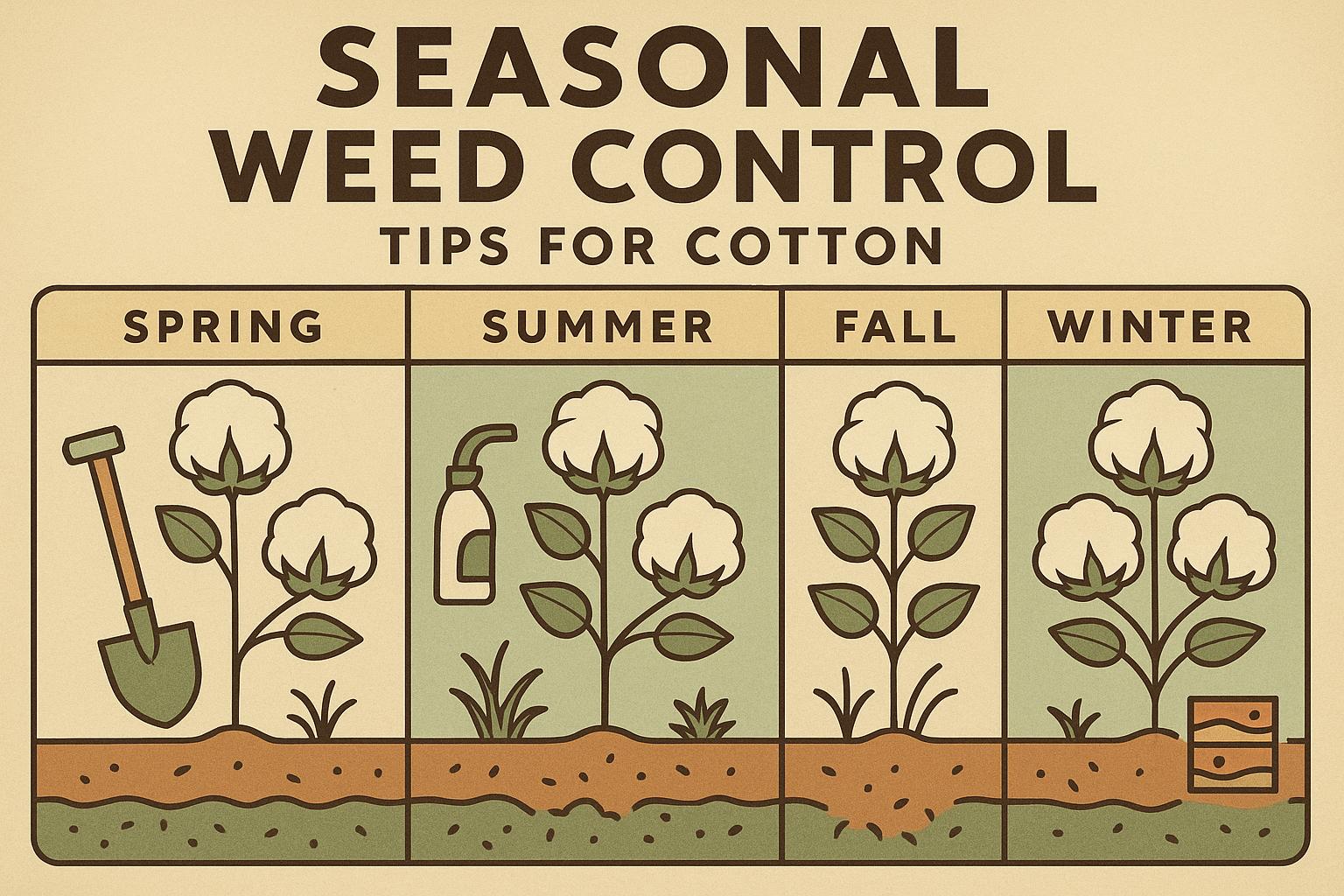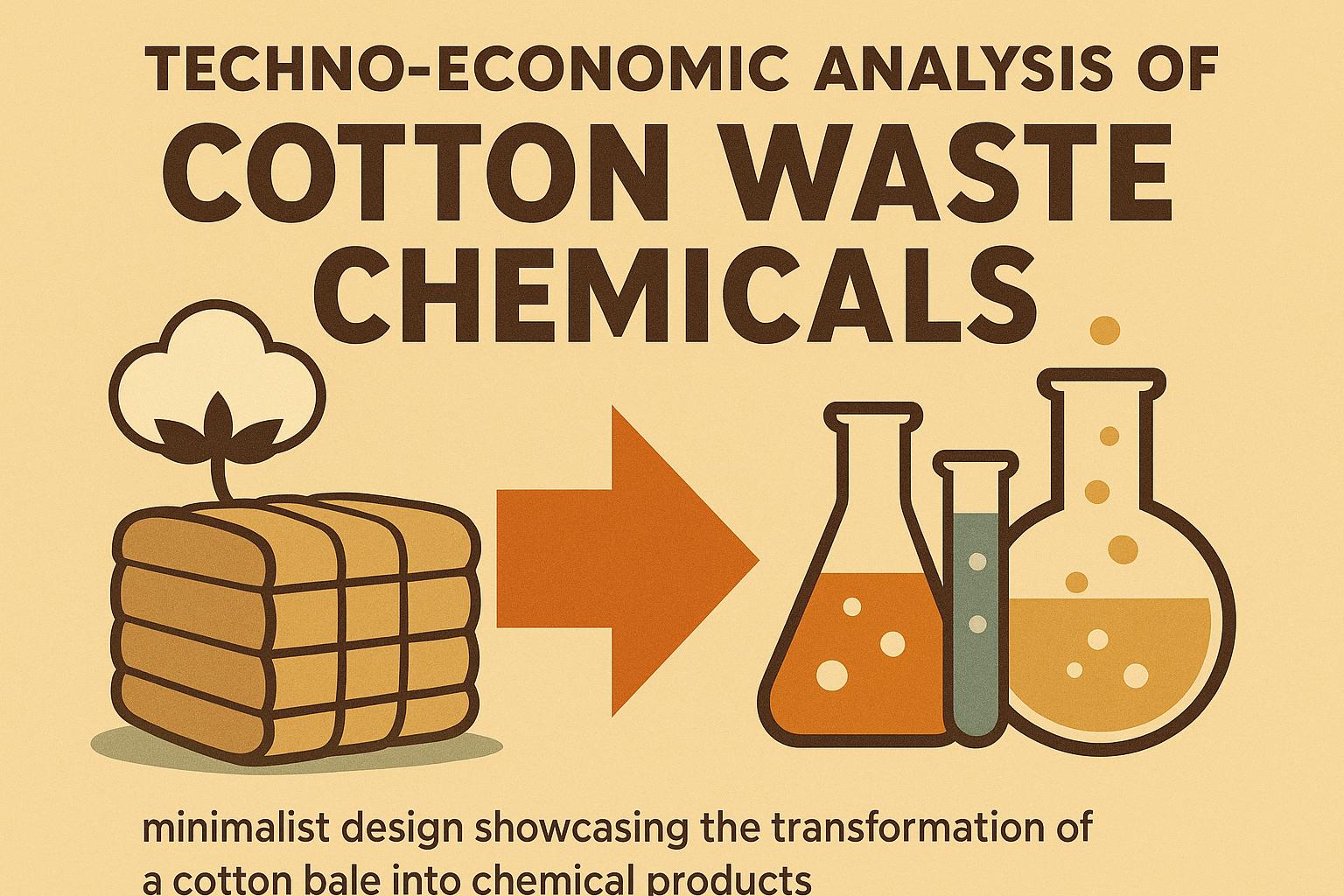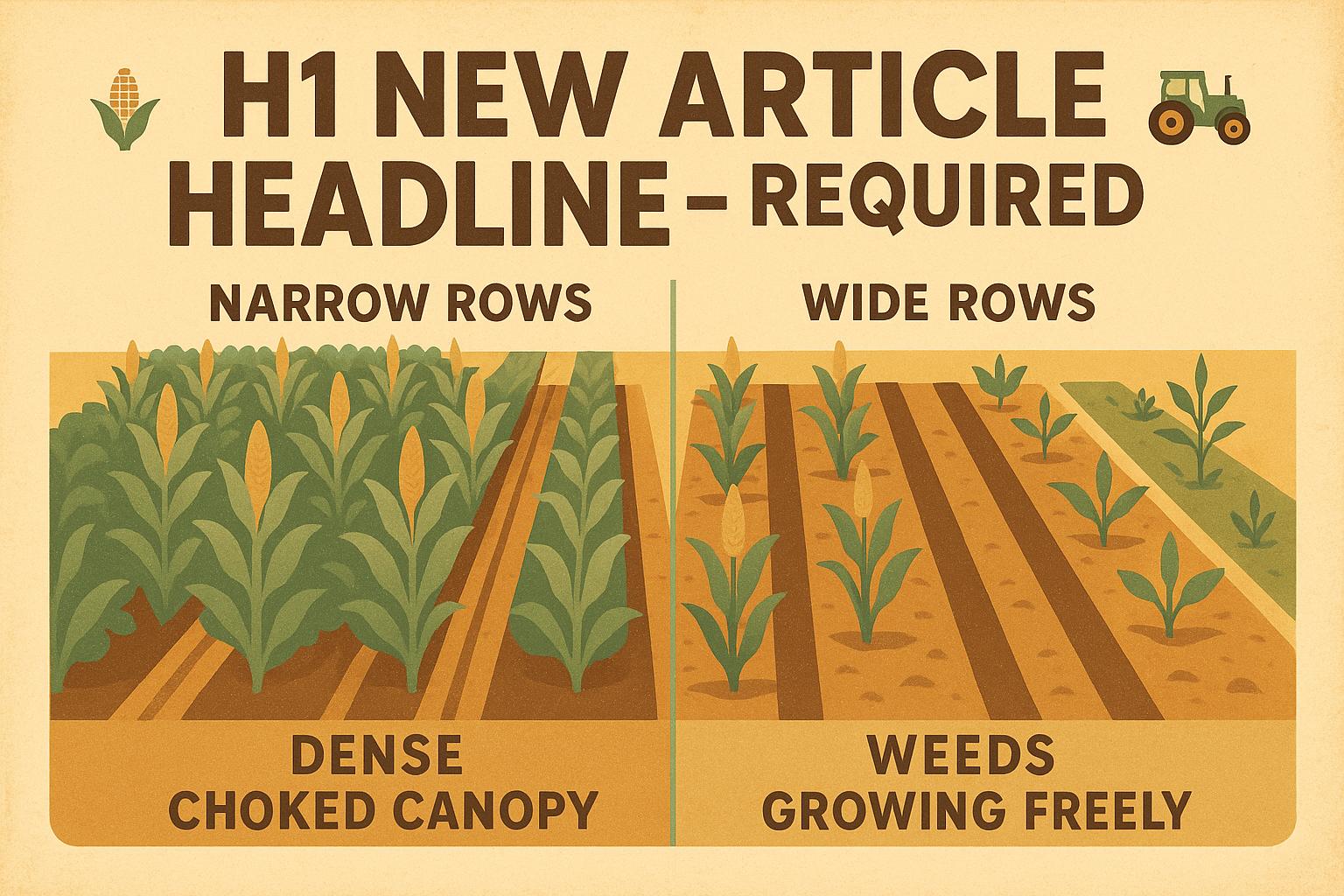Cotton farming is at the heart of Texas’s agricultural identity, a story of innovation, sustainability, and economic dominance. In fact, as of 2023, Texas accounts for nearly 40% of the nation's total cotton production, solidifying its position as the largest cotton producer in the United States. Spanning millions of acres, the state’s cotton fields serve not only as a key driver of its economy but also as a showcase of agricultural innovation and sustainability.
This article delves into the factors that make Texas the epicenter of U.S. cotton farming, from its unique geography and climate to cutting-edge technologies and sustainable practices. Whether you're a farmer, cotton gin operator, or agricultural stakeholder, this guide will provide actionable insights into the practices shaping the future of cotton farming in Texas.
Why Texas Dominates U.S. Cotton Production
1. Vast and Fertile Land Resources
Texas’s geography is a major factor in its cotton supremacy. The state boasts vast expanses of arable land, with flat, fertile plains perfectly suited for large-scale mechanized farming. Texas dedicates 5 to 6 million acres annually to cotton cultivation, translating to approximately 9,000 square miles of cotton fields.
These vast tracts of land are divided among four key cotton-producing regions:
- High Plains: Located in western Texas, this area benefits from extensive irrigation systems, such as those tapping into the Ogallala Aquifer, and is known for its semi-arid climate.
- Rolling Plains: South of the High Plains, this region balances slightly higher rainfall with well-draining soils, making it conducive to cotton farming.
- Blacklands: Renowned for its rich, dark soils, this central Texas region supports robust cotton growth due to its moderate rainfall and fertile land.
- Trans-Pecos: In far west Texas, this arid region relies on advanced irrigation systems and drought-resistant cotton varieties to sustain productive farming.
2. Favorable Climate for Cotton Growth
Texas offers an extended growing season, with its hot and sunny climate providing optimal conditions for cotton cultivation. The heat promotes growth and fiber quality, while modern irrigation ensures that crops remain hydrated even in drier areas.
3. History and Economic Legacy
Cotton has deep roots in Texas, dating back centuries when it arrived via trade routes. Over time, the crop evolved from small-scale Indigenous use to large-scale production, becoming a cornerstone of the economy. Today, cotton contributes billions of dollars annually to Texas's economy, supporting industries from agriculture to textiles and beyond.
Cutting-Edge Innovations in Texas Cotton Farming
To remain a leader, Texas has embraced technological advancements that enhance productivity, reduce costs, and ensure sustainability.
1. Precision Agriculture
Precision agriculture has transformed how farmers manage their fields. By using GPS-guided equipment and site-specific crop management, farmers can adjust seeding rates, fertilizer applications, and irrigation to match the unique needs of different zones within a field. This targeted approach improves yield, reduces resource waste, and lowers costs.
2. Satellite Monitoring and Drones
Satellite-based crop monitoring provides real-time data on soil health, moisture levels, and crop stress. Farmers use this information to make timely interventions, such as adjusting irrigation or applying fertilizers to areas that need it most.
Drones complement this technology, offering aerial views of expansive fields. They can identify early signs of disease or pest infestations, allowing farmers to act quickly and prevent widespread damage.
3. AI-Powered Farming Tools
Artificial intelligence is increasingly integral to cotton farming in Texas. AI-driven advisory systems analyze weather patterns, soil conditions, and historical data to offer tailored recommendations for irrigation, pest control, and fertilizer application. This data-driven approach ensures farmers can optimize their resources while maximizing yields.
4. Genetically Improved Cotton Varieties
Biotechnology has enabled the development of cotton varieties that are resistant to pests, herbicides, and drought. These genetically modified (GM) crops improve yields and reduce dependency on chemical inputs, lowering both costs and environmental impact.
5. Sustainable Irrigation Practices
Water conservation is a priority in Texas, where semi-arid conditions pose challenges. Farmers increasingly use drip irrigation systems, which deliver water directly to plant roots, minimizing evaporation and maximizing efficiency. Additionally, soil moisture sensors guide irrigation schedules to ensure plants receive just the right amount of water.
Sustainability in Focus
Texas cotton farmers are embracing sustainable farming practices not only to preserve natural resources but also to meet consumer demand for eco-friendly products.
- Water Conservation: Advanced irrigation systems, like drip irrigation, significantly reduce water usage.
- Integrated Pest Management (IPM): Farmers use a combination of crop rotation, beneficial insects, and targeted pesticide application to control pests while reducing chemical use.
- Carbon Footprint Reduction: Practices like no-till farming, cover cropping, and renewable energy adoption help farmers reduce greenhouse gas emissions and improve soil health.
These efforts not only contribute to environmental sustainability but also enhance the long-term viability of cotton farming in Texas.
Economic Impact of Texas Cotton
Cotton's economic importance extends far beyond the fields. From processing to export, the crop drives multiple industries:
- Cotton Ginning: Texas’s gins process approximately 10 million bales annually, with major facilities located in areas like Lubbock and Plainview.
- Textile and Manufacturing: Cotton supports domestic and international textile production, contributing to the global supply chain.
- Local and Global Trade: Texas cotton is a significant export commodity, bolstering the state’s economy and trade balance.
Challenges and Opportunities
Despite its dominance, Texas cotton farming faces challenges, including soil erosion, labor shortages, and the impacts of climate change. However, ongoing research and innovation offer solutions:
- New Cotton Varieties: Research institutions like Texas A&M are developing drought- and pest-resistant varieties.
- Automation: Advanced machinery and robotic technologies can address labor shortages.
- Climate Adaptation: Farmers are adopting practices to mitigate the effects of extreme weather, ensuring resilience in the face of climate variability.
Key Takeaways
- Texas Leads the Nation: Producing nearly 40% of U.S. cotton, Texas dominates the industry due to its vast arable land, favorable climate, and advanced practices.
- Regional Specialization: Key regions like the High Plains and Blacklands support diverse approaches to cotton farming, tailored to local conditions.
- Innovative Technologies: Precision agriculture, satellite monitoring, drones, AI, and GM cotton varieties are driving record yields and efficiency.
- Sustainability Efforts: Water conservation, carbon footprint reduction, and integrated pest management are making cotton farming more eco-friendly.
- Economic Contribution: Cotton generates billions annually for Texas, supporting local livelihoods and global trade.
- Challenges Ahead: Climate change and labor shortages necessitate continued innovation and adaptation.
Conclusion
Texas's position as the top cotton producer in the United States is no accident. It is the result of a perfect blend of natural advantages, technological innovation, and sustainable practices. As the demand for ethically produced cotton grows, Texas farmers are well-positioned to meet these needs, ensuring a bright future for the state’s cotton industry.
The lessons from Texas cotton farming extend beyond its borders, offering a blueprint for innovation and sustainability in agriculture. By staying ahead of challenges and embracing new technologies, Texas exemplifies how tradition and progress can coexist to drive success in a competitive global market.
Source: "Texas it’s the leading cotton #TexasCotton #CottonFarming #Agriculture" - World history, YouTube, Aug 12, 2025 - https://www.youtube.com/watch?v=jXu-V-OrVGg
Use: Embedded for reference. Brief quotes used for commentary/review.


